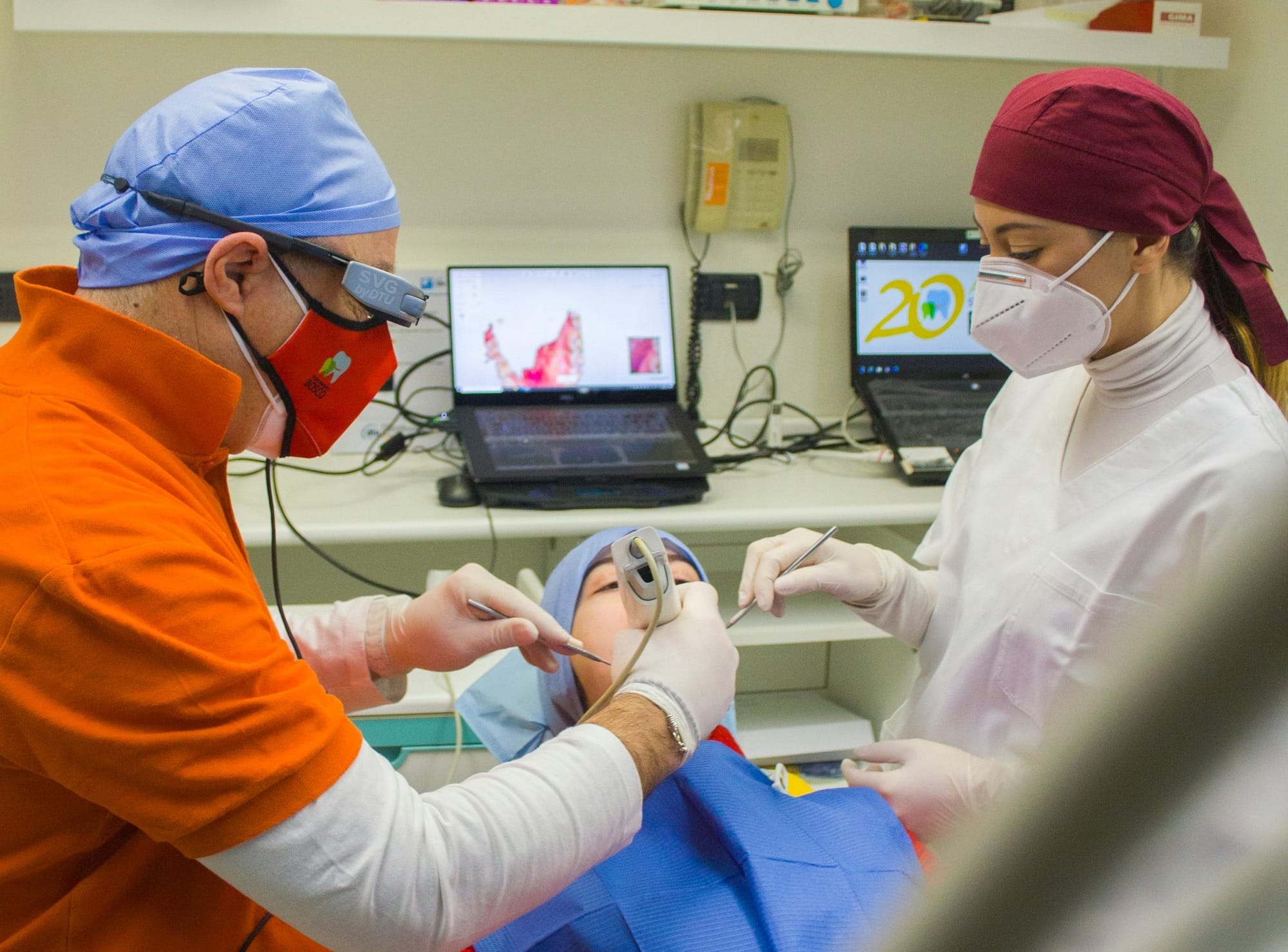This method represents an advanced option among fat reduction treatments, differing significantly from traditional liposuction. It primarily focuses on breaking down fat cells, making them easier for your body to metabolize and eliminate naturally.
Understanding Laser Fat Removal
Laser fat removal, also known as laser-assisted lipolysis (LAL), is an innovative cosmetic procedure designed to target and eliminate unwanted fat cells using laser energy. This method is gaining popularity for its minimally invasive approach compared to traditional liposuction. By using laser energy, it heats and liquefies fat cells, making them easier to suction out or allowing the body to naturally eliminate them over time. This procedure is typically performed on confined areas such as the abdomen, thighs, arms, and even under the chin, providing a more contoured appearance with minimal downtime.
One of the key benefits of laser fat removal is its dual effect on fat reduction and skin tightening. The thermal energy from the laser not only helps to break down fat cells but also stimulates collagen production, leading to improved skin elasticity. This makes the skin more firm and lessens the likelihood of sagging post-procedure. Patients generally find the process to be more comfortable compared to traditional methods, and the recovery time is significantly shorter, making it a convenient choice for those looking to enhance their body shape without the extended downtime of traditional surgery.

Who Can Benefit from Laser Fat Removal?
Not everyone is a candidate for laser fat removal. Ideal participants are typically in good overall health, near their target weight, but struggling with stubborn fat deposits that are resistant to diet and exercise. Common target areas include the abdomen, thighs, arms, and flanks where fat tends to be more persistent. This procedure is not intended for significant weight loss but rather for body contouring and spot reduction.
Individuals with certain medical conditions may not be suitable candidates for laser fat removal. It is essential to discuss your complete medical history with a qualified healthcare provider to determine if this method is safe and effective for you. Additionally, those with realistic expectations about the outcomes tend to be the most satisfied with their results, understanding that laser fat removal can deliver noticeable improvements but not perfection.
Comparing Laser Fat Removal with Other Fat Reduction Methods
When comparing Laser Fat Removal, particularly Laser-Assisted Lipolysis (LAL), with traditional liposuction, several distinctions emerge. LAL, which employs laser energy to liquefy fat cells, is less invasive and generally accompanied by a shorter recovery time. While traditional liposuction involves the physical removal of fat through a cannula and aspirator, often leading to more bruising and swelling, LAL's precision lends itself to targeting smaller, more confined areas, making it a preferred choice for those looking to refine specific body parts.
On the other hand, alternative fat reduction methods like Ultrasound-Assisted Liposuction (UAL) and Radiofrequency-Assisted Liposuction (RFAL) also offer unique benefits. UAL uses ultrasonic waves to emulsify fat, facilitating smoother extraction, whereas RFAL employs thermal energy to both remove fat and promote skin tightening. Each technique has its advantages, but Laser Fat Removal stands out for its dual capability of fat reduction and skin tightening, combined with minimal invasiveness, making it a compelling option for those seeking efficient body contouring with less downtime.
Cost Considerations: Is Laser Fat Removal Worth It?
Investing in laser fat removal can be a significant financial commitment. The cost typically varies depending on factors such as the size and number of areas being treated, the provider's experience, and geographic location. On average, you may spend between $1,500 to $3,000 per session. While this might seem like a hefty price tag, it's important to weigh this against the cumulative costs of alternative methods such as ongoing diet programs, gym memberships, and other non-invasive treatments that might not yield equally satisfactory results.
Moreover, the long-term benefits of laser fat removal can often justify the initial expense. This procedure offers relatively quick recovery times, minimal downtime, and immediate results compared to traditional liposuction or other fat reduction methods. These factors can be particularly appealing if you lead a busy life and cannot afford extended periods away from work or daily activities. When considering the cost, factor in both the immediate financial outlay and the potential for long-term savings and satisfaction.

